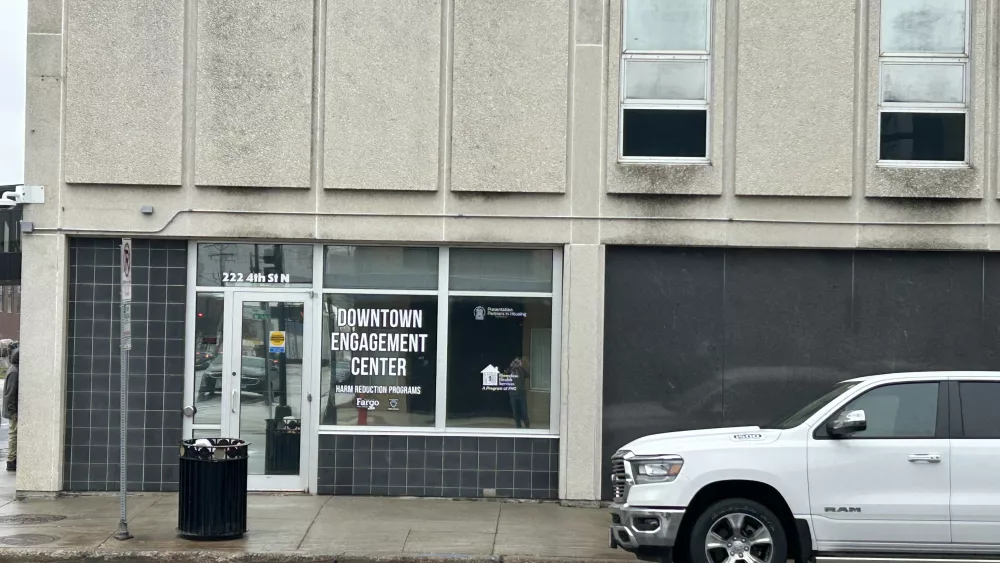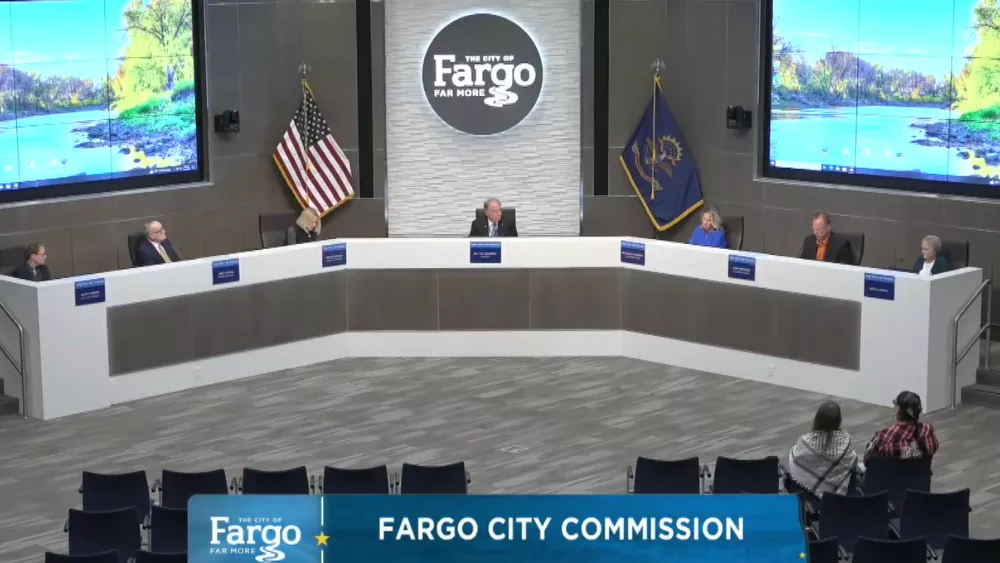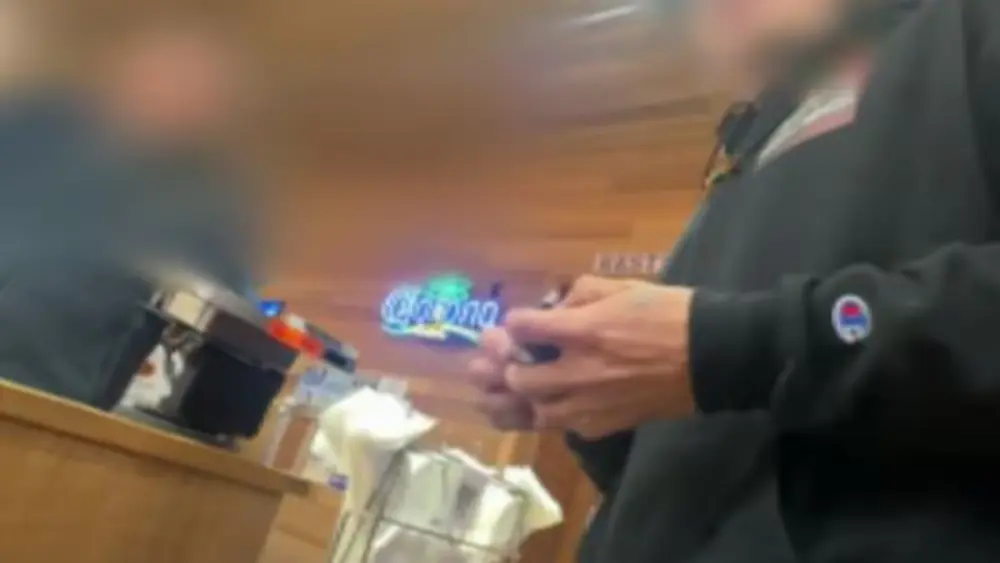(BISMARCK) – When North Dakotans head to the polls in November, they’ll be voting on five statewide measures.
North Dakota Secretary of State Michael Howe says the number of measures isn’t the highest there has ever been – in present-day, in 2014, Howe said there were a total of eight measures placed on the ballot. According to Ballotpedia, in the June 28, 1938 election, there were 13 measures placed on the ballot.
Here’s a look at each of the measures on this November’s ballot:
Constitutional Measure 1
Constitutional Measure 1 was placed on the November general election ballot by action of the 2023 North Dakota Legislative Assembly’s passage of Senate Concurrent Resolution 4001.
The measure, if approved, would amend and reenact two sections of Article IX of the North Dakota Constitution.
The proposed amended sections would change the following terminology:
- “School for the Deaf and Dumb of North Dakota” would be changed to the “School for the Deaf and Hard of Hearing”
- “State Hospital for the Insane” would be changed to “State Hospital for the care of individuals with mental illness”
- An “Institution for the Feebleminded” would be changed to a “Facility for Individuals with Developmental Disabilities”
- A “State Hospital for the mentally ill” would be changed to a “State Hospital for the care of individuals with mental illness”
The measure, if passed, would have no fiscal impact on the state of North Dakota.
Constitutional Measure 2
Constitutional Measure 2 was placed on the November general election ballot by action of the 2023 North Dakota Legislative Assembly’s passage of Senate Concurrent Resolution 4013.
The measure, if approved, would require constitutional and non-constitutional initiated measures to be limited to a single subject, to be determined by the Secretary of State. The Secretary of State would have discretion to reject the petition if it has more than one subject.
Additionally, Constitutional Measure 2 would require that the measure sponsors be qualified electors in the state and would allow only qualified electors to circulate petitions. The petition signers would be required to provide a complete residential address if the measure were passed.
Also, the number of signatures required to place a constitutional initiated measure on the ballot would increase from four percent to five percent of the North Dakota population, and the proposed amendments would require the measures be voted on at the next primary election, and, if approved by a majority, voted upon at the general election. If the measure fails at either the primary or general election, the measure would be deemed failed.
The measure, if passed, has no fiscal impact.
Constitutional Measure 3
Constitutional Measure 3 was placed on the November general election ballot by action of the 2023 North Dakota Legislative Assembly’s passage of House Concurrent Resolution 3033.
The measure, if passed, decreases the amount of principal available for spending each biennium, and clarify the distributions, from the legacy funds. If approved, the amendments would require transfers and earnings accruing prior to July 1, 2017, to be deemed as the principal of the fund, reduce the amount of the principal of the legacy fund available to be expended during a biennium from 15 percent to five percent, require the state’s investment board to invest the monies in the legacy fund not limited to the principal, and on July 1 of odd-numbered years, require the state’s treasurer to make a distribution of the legacy fund earnings into a legacy earnings fund.
The measure, if passed, would have no fiscal impact.
Constitutional Measure 4
Constitutional Measure 4 is the first of two to be placed on the November general election ballot by petitions circulated by a sponsoring committee.
Constitutional Measure 4, if approved, would prohibit political subdivisions from levying tax on the assessed value of real or personal property, with the only exception being the payment of bonded indebtedness through a certain date. The measure would also require the state to provide replacement payments to the political subdivisions of no less than the current real property tax levels.
If passed, it would also limit the debt of a political subdivision to an amount no more than two and one-half percent of the full and true value of the real property in the political subdivision. An incorporated city could increase the indebtedness to four percent, and a school district could increase it to five percent.
The measure would allow an incorporated city to become indebted in an amount not exceeding two percent of its full and true value for water and sewer projects. It would require a political subdivision incurring indebtedness to provide for annual revenues to pay the debt payments when due and would prohibit a political subdivision from issuing general obligation bonds secured with tax levied on the assessed value of property
The measure, if passed, would increase biennial expenditures to the state to $3.15 billion beginning in the 2025-2027 biennium.
Constitutional Measure 5
Constitutional Measure 5 is the second measure to be placed on the November general election ballot by petition.
If approved, it would allow for the production, processing and sale of cannabis; and the possession and use of various form of cannabis by individuals who are 21 or older.
The measure would also direct a state entity to regulate and register adult-use cannabis production businesses, dispensaries and their agents; and provide protections for individuals who 21 years of age or older who use cannabis.
Penalties for violations would also be established, along with the preservation of employer rights regarding use of cannabis products by employees; supersede local ordinances that would prohibit the purchase, sale, use, deliver or growing of cannabis by or to individuals 21 or older; and provide fees for administration of the chapter of law.
If passed, revenues of $10.2 million and expenses of $8.3 million in fiscal impact, and an undetermined amount of additional costs associated with behavioral health and social impacts, would be incurred for the 2025-2027 biennium.





